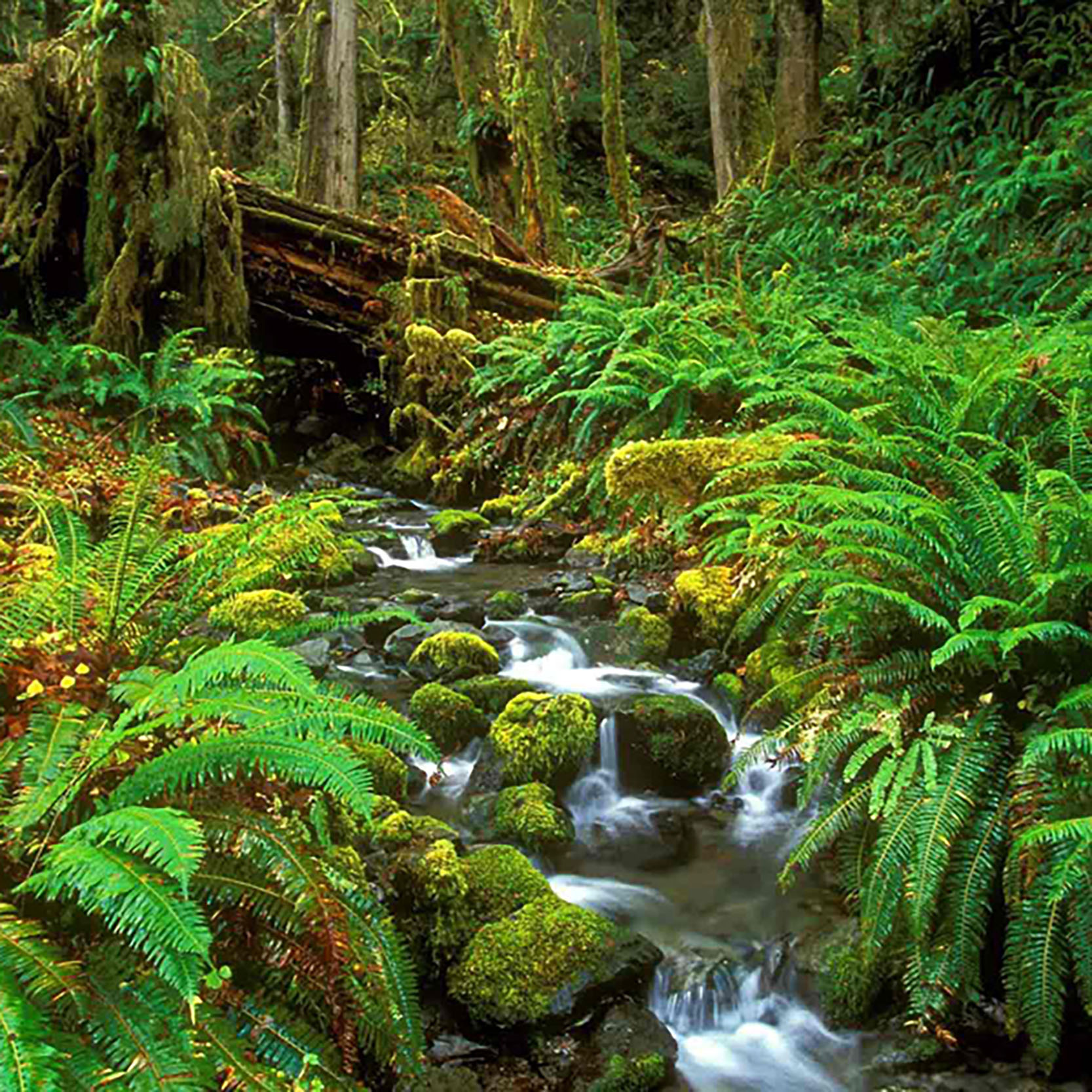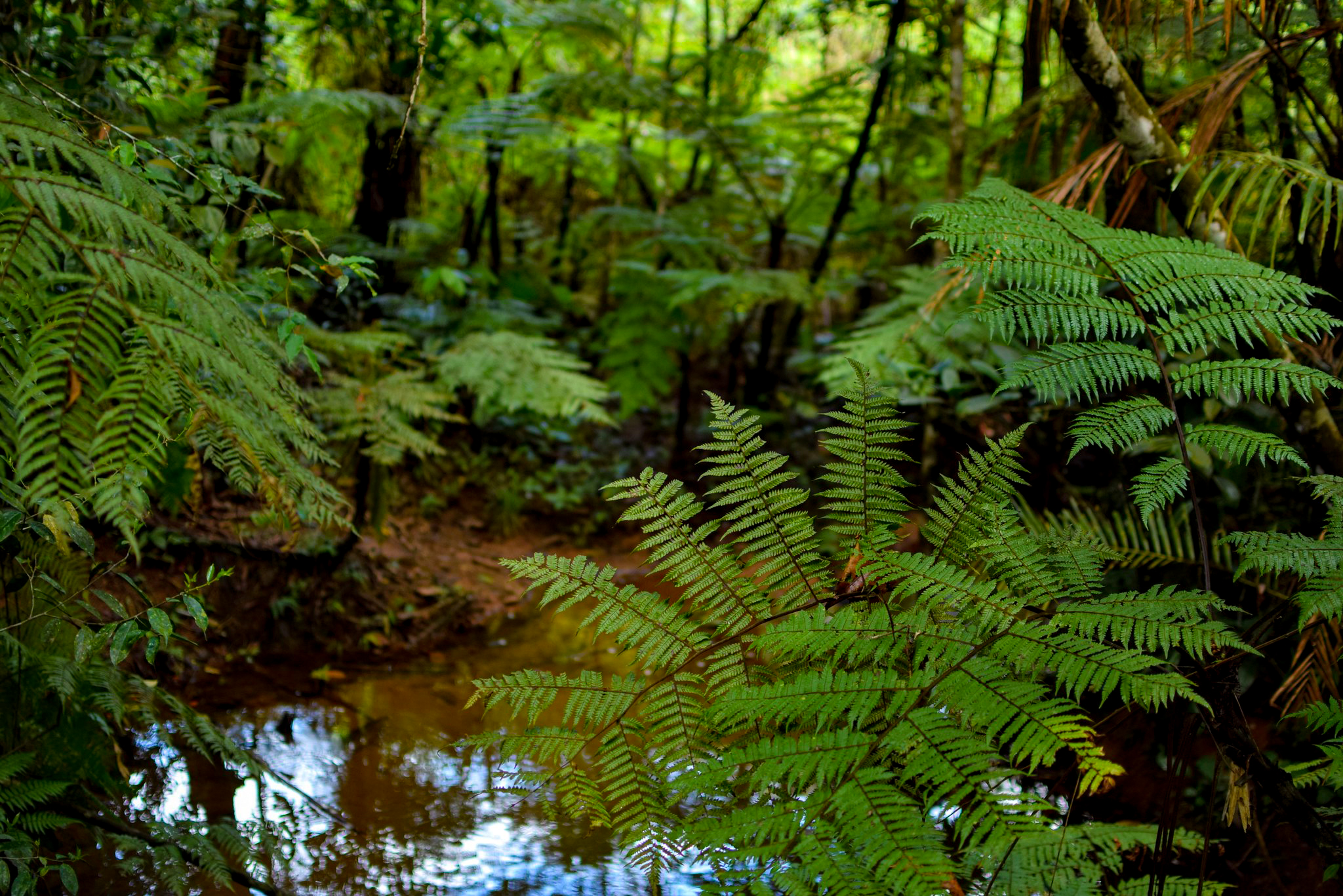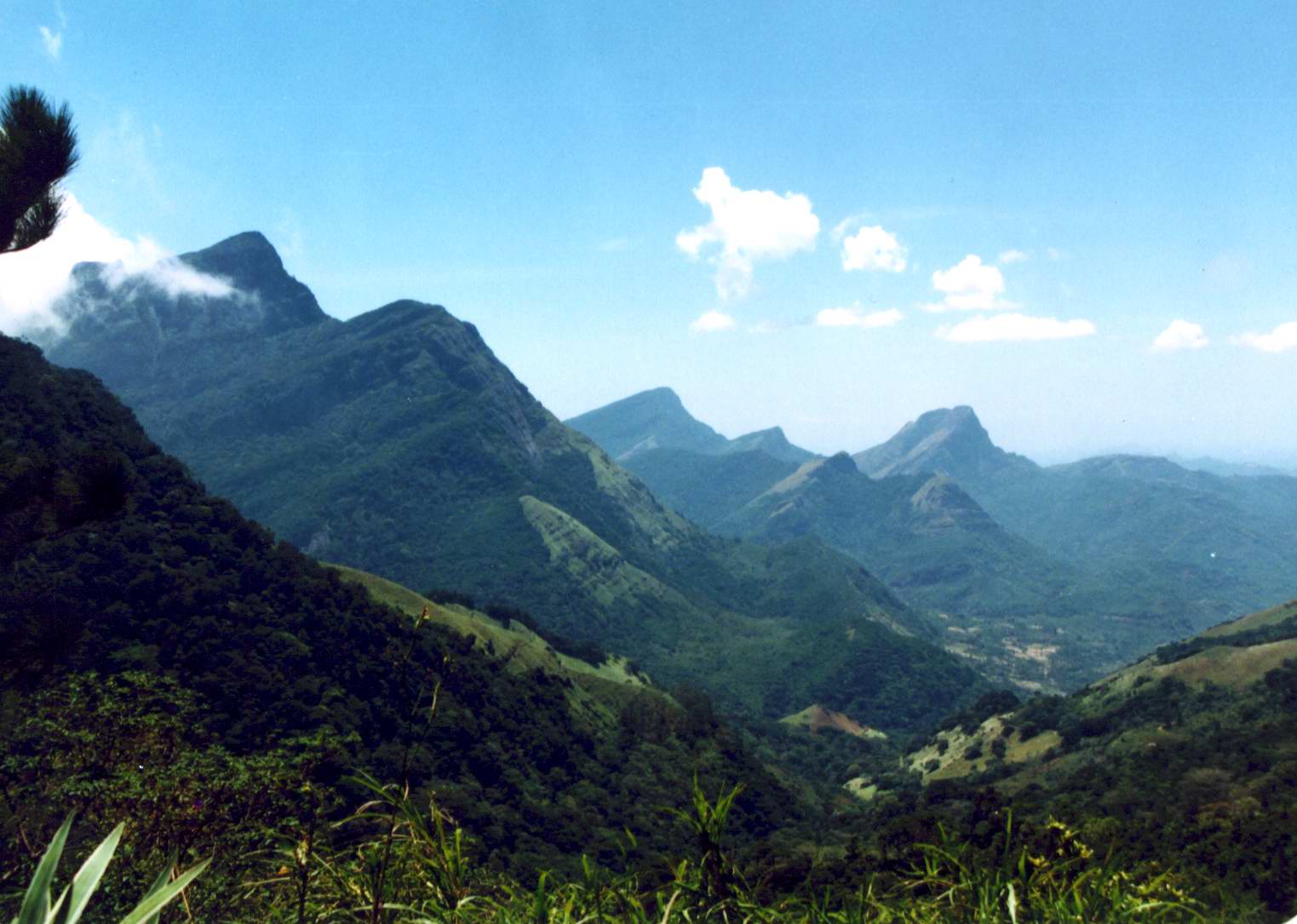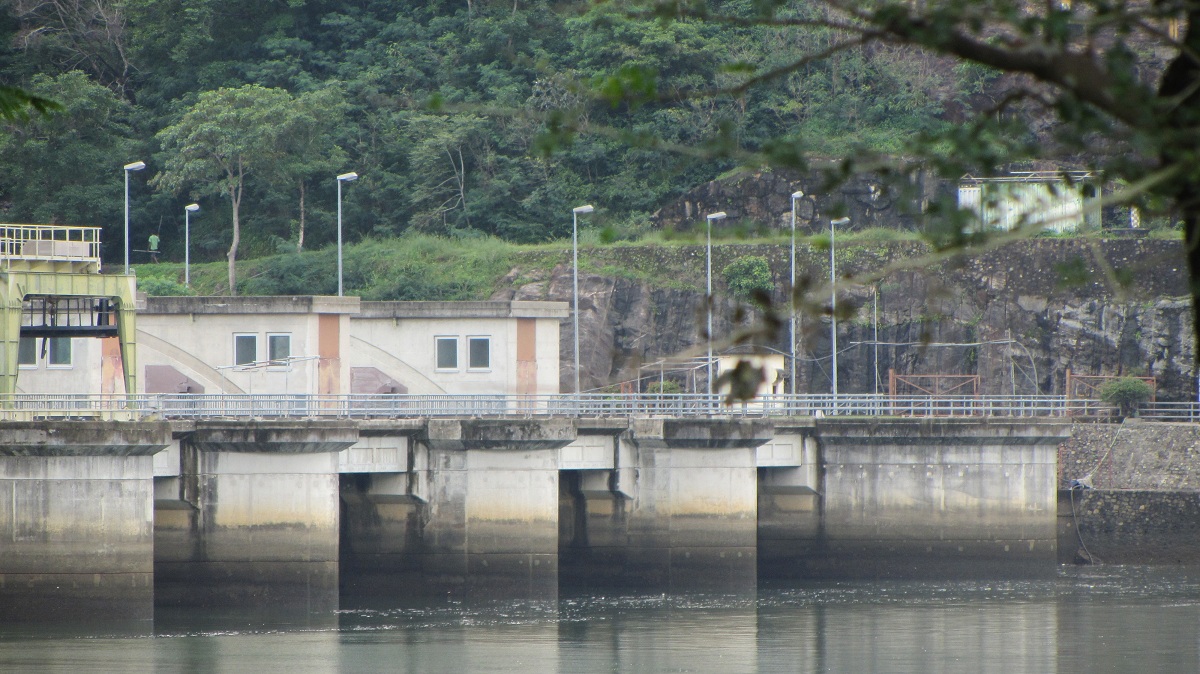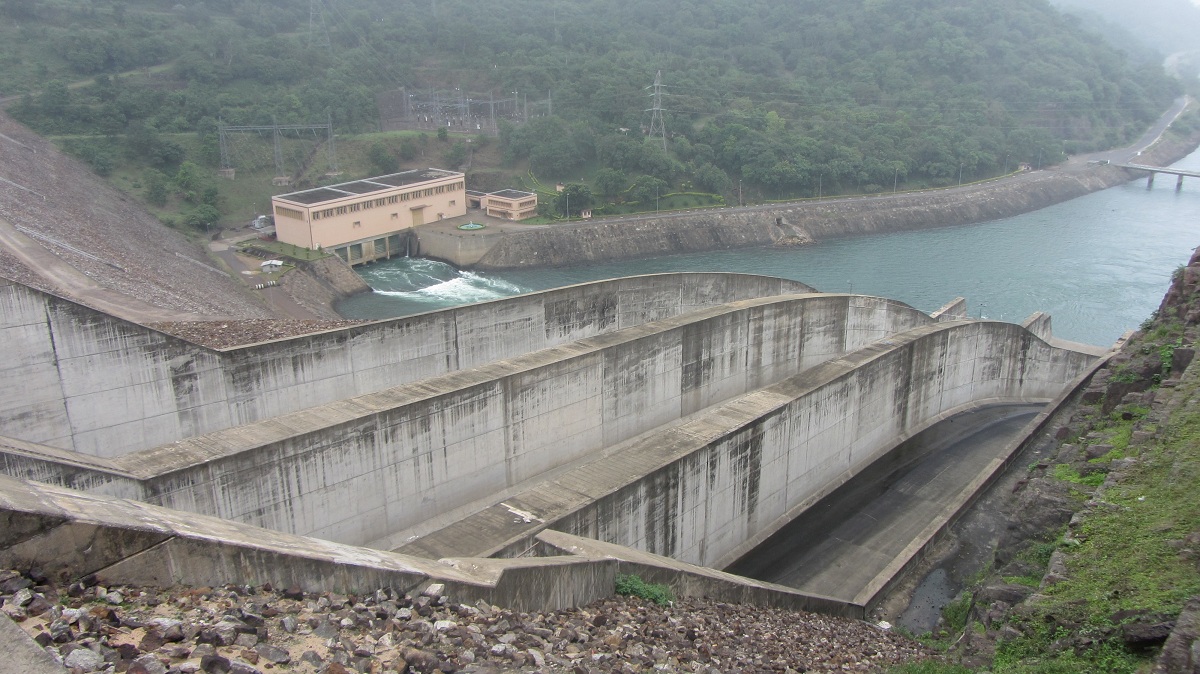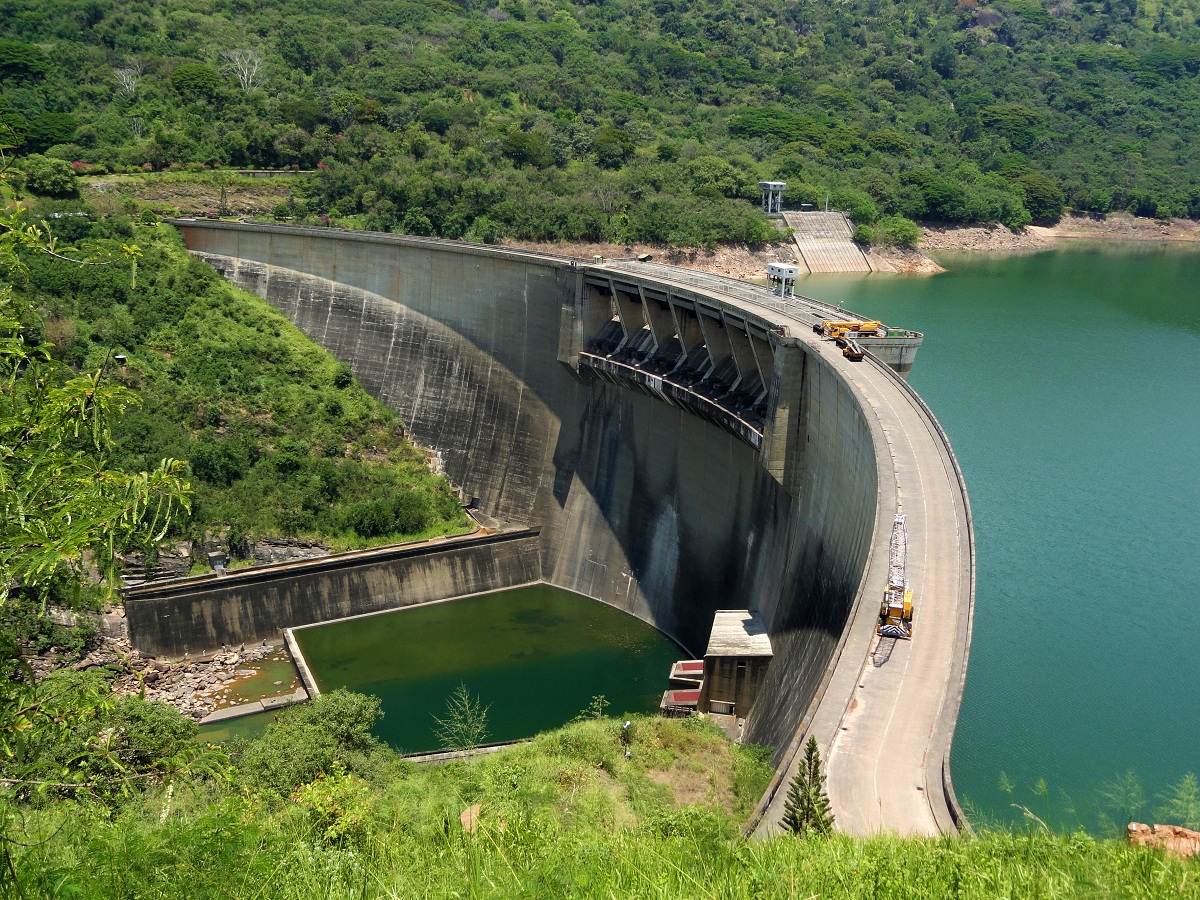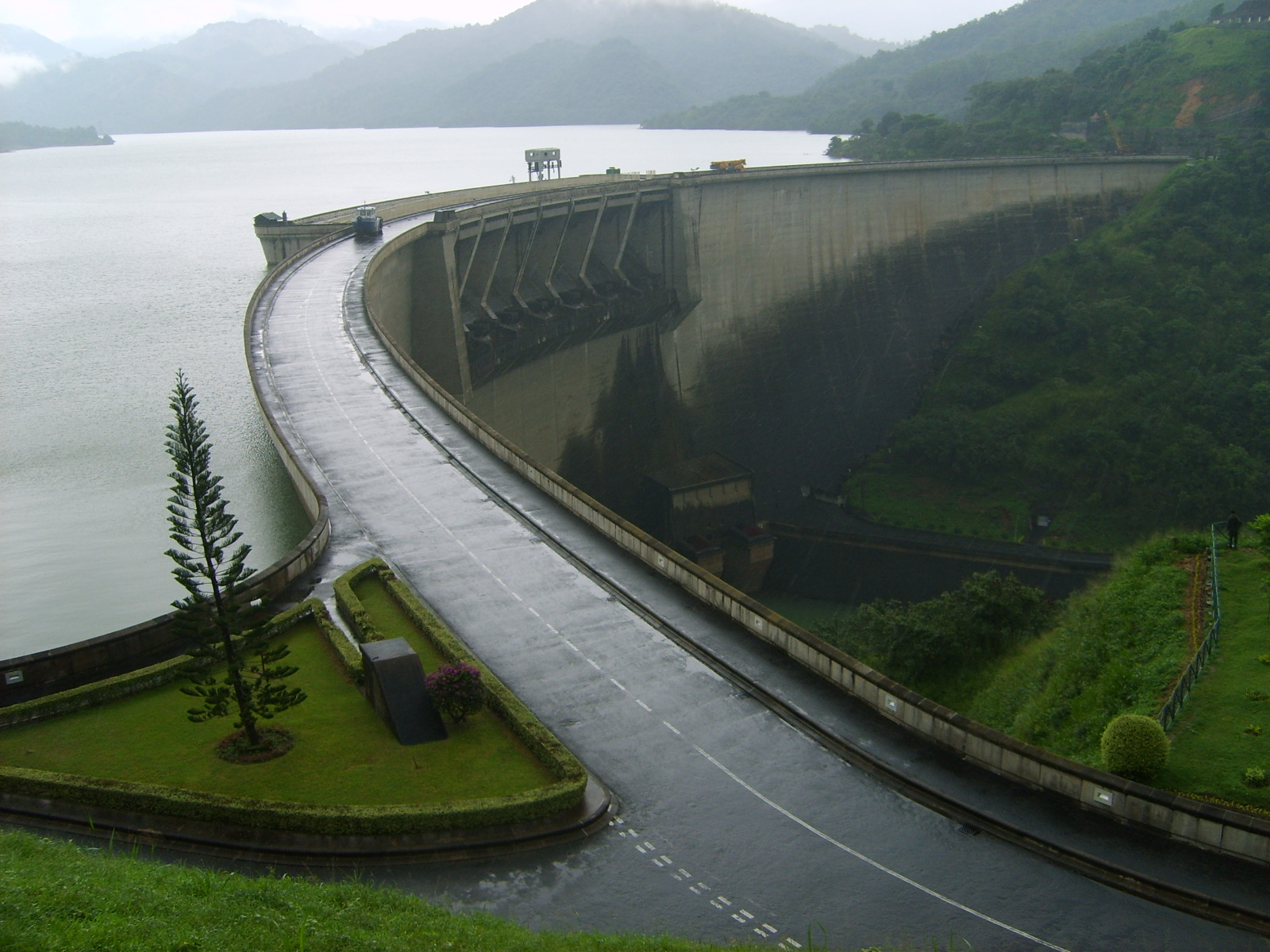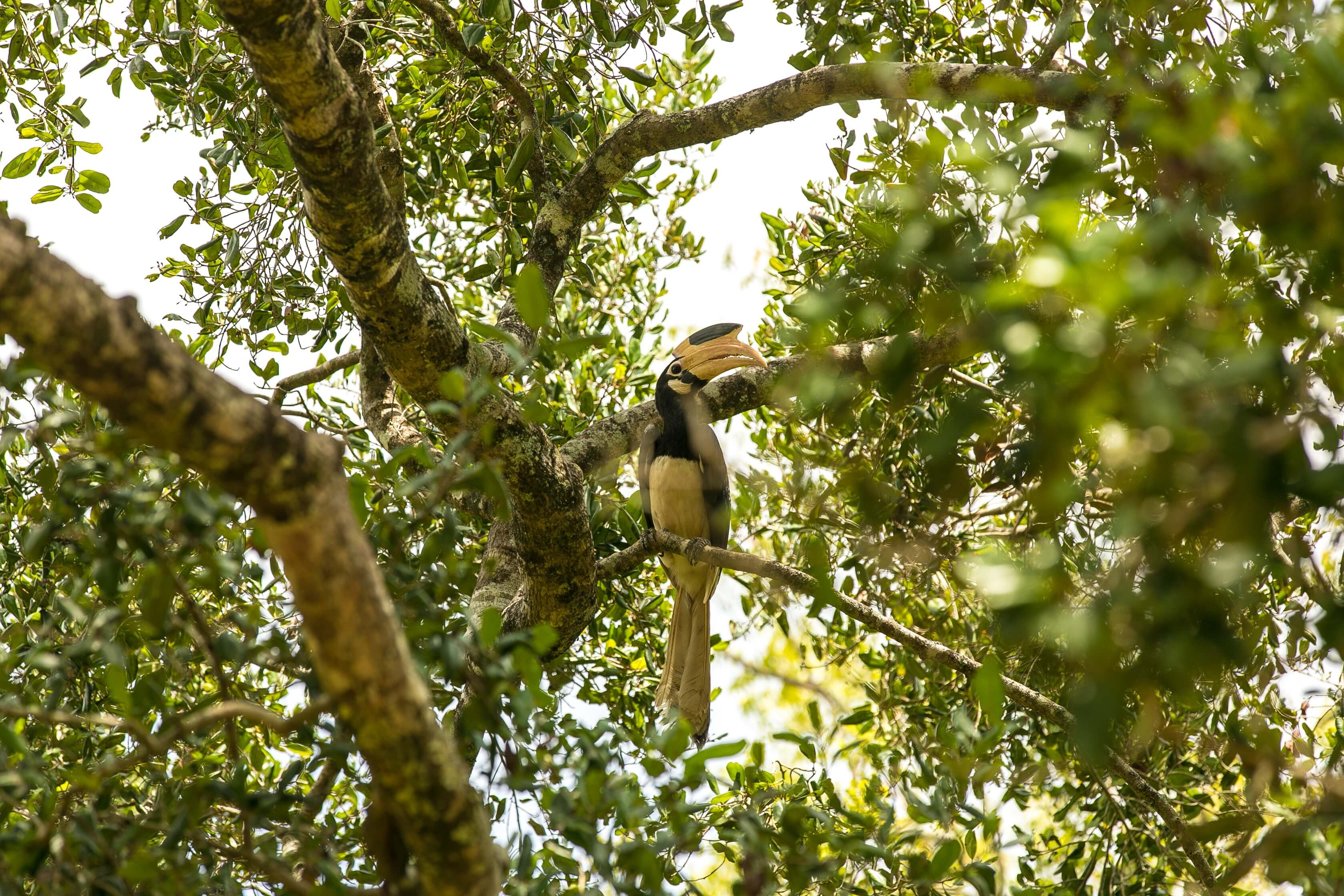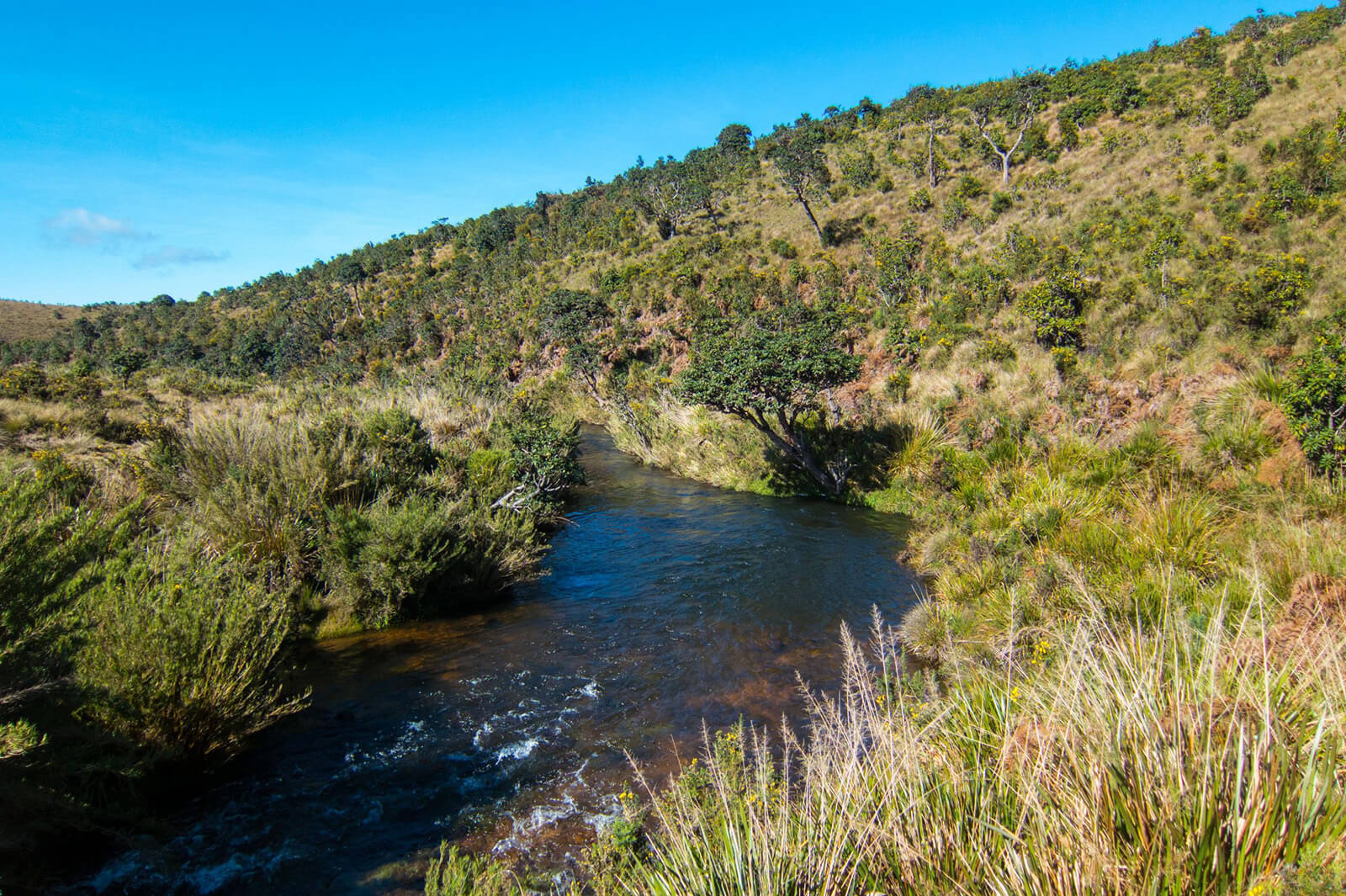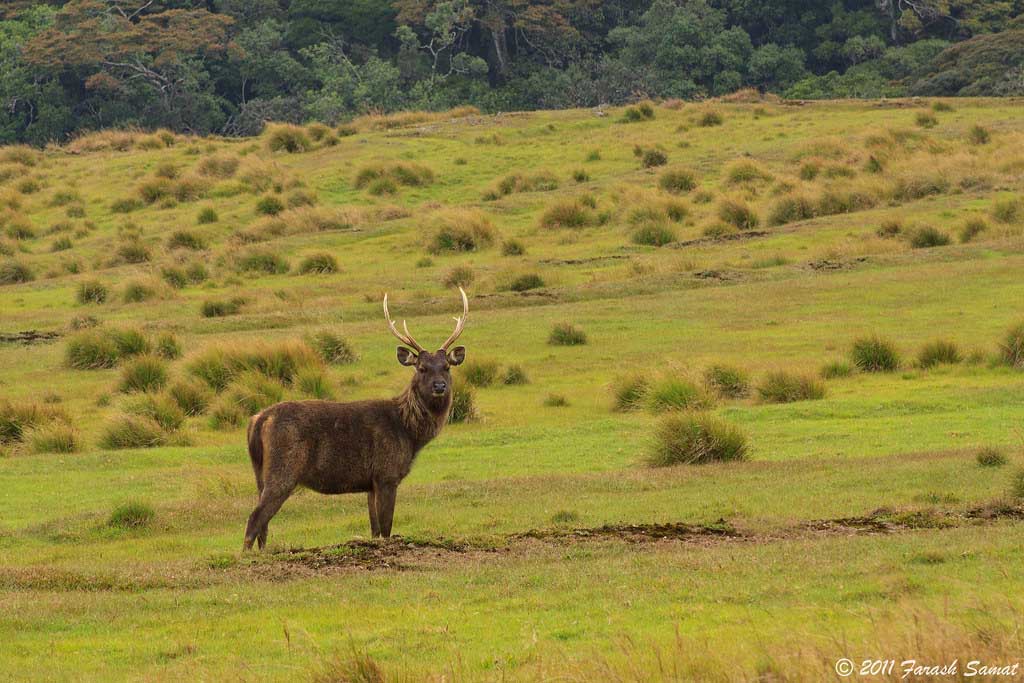Did you know that almost 30% of Sri Lanka’s land area is forested? 8.6% of this area is classified as primary forests – the most biodiverse form of forestation.
More statistics from the World Conservation Monitoring Center, Sri Lanka has about 751 species of amphibians, birds, mammals and reptiles. 21.7% of this figure is endemic – which means these species only exist in Sri Lanka.
“A forest is an area of land dominated by trees”.
While there are several different definitions of a forest, this is the most basic phrase to describe the term.
In this article, we are going to discuss the forest diversity that can be seen in Sri Lanka as well as a brief description of the few forests in Sri Lanka that you can visit during your holiday.
Different Types of Forests in Sri Lanka
For a relatively small island, Sri Lanka exhibits a wide variety of forest types, which are also classified as some of the most biologically richest in all of Asia. The diversity in forest types is brought about by spatial variations in annual rainfall, altitude and soil. Mentioned below are the types of forests found in Sri Lanka:
- Montane Forest
- Sub Montane Forest
- Lowland Rainforest
- Moist Monsoon Forest
- Dry Monsoon Forest
- Riverine Dry Forest
- Mangrove Forest
Based on the approximate square kilometer area, dry monsoon forests are the most popular forest area found in Sri Lanka (10,940 sq. kms), followed by moist monsoon forests (2439 sq. kms) and lowland rainforests (1415 sq. kms).
Forest Diversity in Sri Lanka
In Sri Lanka’s Forest area, there is a very high density of species diversity as compared to the rest of the world:
- 253 land species
- 245 butterfly species
- 240 birds
- 211 reptiles
- 748 vertebrates
- 1492 invertebrates
In addition to wildlife, Sri Lanka’s forests boast an abundance of unique plantations, waterfall and river bathing experiences as well as an opportunity to camp in the forests. A few of the forests are also certified as UNESCO World Heritage sites and are a must-visit during your holiday in Sri Lanka.
What are the forests in Sri Lanka?
Sinharaja Rainforest Reserve
Highlighted as a UNESCO World Heritage Site, the Sinharaja Rainforest reserve is the only viable primary tropical rainforest in Sri Lanka. Over 60% of the plantations here are endemic, many of which are considered rare. Moreover, much of the wildlife and birds living in Sinharaja are endemic. Over 50% of the country’s endemic species are in Sinharaja, including mammals, butterflies, insects, reptiles and rare amphibians.
Sinharaja is home to mammals such as Sri Lankan leopards and elephants, but more common sightings include monkeys, giant squirrels, wrinkled frogs, chameleon lizards and non-venomous snakes. Nature enthusiasts are going to be super excited here with this exhilarating glimpse of flora and fauna. The pathways for your nature trail are wide, but you must beware of leeches. A night time walk is also adventurous, with the possibility of spotting nocturnal residents such as the mongoose, civets and bats.
The most common entrance to Sinharaja is via a small town named Deniyaya, situated on the edge of the forest. A guide will walk you through the lush vegetation, explain the importance of this rainforest to the country’s ecosystem, as well as introduce you to the diverse flora and fauna. You may also come across a fresh water lake underneath a waterfall, where you can take a dip and enjoy yourself. The entire trail is about 3 hours long, but can be adjusted to more or less, depending on how you prefer it.
The best time to visit, if you want to avoid too much rain would be January to March and August to September, and the best time for a nature trail is either at 8.00am or 4.00pm. Light and comfortable clothing, along with a raincoat and swimwear is recommended for your visit to Sinharaja.
Kanneliya Rain Forest
UNESCO classified the Kanneliya Forest as a biosphere reserve in 2004, and was identified as one of the most floristically rich areas in all of South Asia. Located about 35kms northwest of Galle, Kanneliya is an essential catchment area for two very important rivers in South Sri Lanka (Gin and Nilwala).
Home to a large number of endemic plant and animal species, Kanneliya is a must visit for all the nature lovers out there. Here are some facts and figures to awe you:
- 17% percent of lowland endemic floral species.
- 41 species of endemic fauna.
- 52% of woody plants are endemic.
- 45% of floral species are categorized as rare.
- 220 animal species; 86 mammals and 36 snake varieties.
- 20% of Sri Lanka’s freshwater fish are in the rivers Gin and Nilwala.
Amongst the endemic bird species found at Kanneliya are the spur fowl, jungle fowl, Malkoha, Babbler, and the Blue Mag Pie. Some endangered birds are the Green-billed Coucal, Ashy-headed Laughing Thrush and the White-faced Starling.
There are four main highlights of the Kanneliya Rainforest:
- Anagimale Falls – 2kms from the gate along a broad accessible trail is an attractive white cascade of water bouncing over many large rocks and into a stream bed.
- 200 meters ahead is the giant creeper – an ancient twisted creeper about the height of a common man.
- Deeper within the forest on a more challenging trail is the Narangas Ella – a beautiful waterfall sight that drops down a vertical rock shelf and onto several flat ledges before moving on.
- The giant Nevada tree is a small detour from this trail where there is a high platform built for visitors to view the beauty of Kanneliya at a height.
There is a Forestry Department building within the jungle where guests wanting to stay can use the dormitory bunkbeds. You could also plan your visit as a day outing and have your meals at the local cafeteria in the building.
If you want to see the waterfalls in Kanneliya, December to February are good months to visit. For those interested in the hiking, March, April and September are months where the rainfall will be less. May to October experiences heavy rainfall and can be dangerous to visit.
Knuckles Forest
You have probably heard about the hiking trails in the Knuckles Mountain Ranges – a collection of five peaks that form the shape of a clenched fist. While the central mountains are over 3000 feet above sea level the area above 1500m was declared a conservation forest in 2000, and a World Heritage Site in 2009. Today, the Knuckles Forest is considered one of South Asia’s best montane tropical forest habitats.
The valleys and foothills consist of large trees and semi evergreen vegetation. The upper slopes contain tropical montane humid evergreen rain forests and at the upper levels, you will see cloud forests. This is where endemic species of ferns, orchids, lichens and mosses grow in abundance.
Pitawala Patana are the stunning Riverine forests cover along with rivers and waterways, and then there’s the Scrublands and Pygmy forests with plant life growing at about 1-2m above ground level. The Knuckles Forest reserve is also an important water catchment area with many streams connecting to important downstream rivers such as the Mahaweli River (longest in Sri Lanka). March to September would be the best time to visit Knuckles Forest so as to avoid too much rain. Below are a few facts to highlight the species variety at the Knuckles.
- 15% of 1033 plant species are endemic.
- 17 of 128 bird species are endemic, including the Black Eagle, Pale billed flower pecker, Lorikeets, Egrets, Herons and Kingfishers.
- 31 mammal species can be found – elephants, sambar deer, wild buffalo, wild boar, mouse deer, Golden palm cat and many more.
- 60 butterfly species
- 53 reptile species
Victoria, Randenigala, Rantambe (VRR) Forest
Victoria, Randenigala, Rentembe Forest (VRR) is the largest of over 50 sanctuaries declared in Sri Lanka. Situated in the central province of Sri Lanka, this forest is at a height of 616 meters above sea level. With over 42,000 hectares of land, this forest area comprises of 3 dams/reservoirs built across the Mahaweli River – Victoria, Randenigala, and Rantambe.
The forest is accessible through Raja Mawatha in Kandy, and the Mahiyangana – Minipe Road. About 1.5kms north of the forest is the Randenigala dam – a large hydroelectric embankment dam. This dam is an awe-inspiring structure standing at a height of 94meters, stretching about 485meters in length, and the surface area of the reservoir takes up 1350 hectares.
3kms northeast is the Rantembe dam, which is a 52-megawatt hydroelectric gravity dam. Declared in 1987, another highlight of the VRR sanctuary is that it has diverse habitats, which go through significant changes throughout the year as a result of climate changes and the existence of water in the reservoirs.
Ritigala Forest Monastery
If you are one of those tourists who loves to explore the history of a country, you probably have Anuradhapura on your holiday itinerary. Ritigala Forest Monastery is a mountain range located just southeast of Anuradhapura, and is surrounded by many myths and mysteries. One of which is the popular belief that Lord Hanuman dropped a chunk of medicinal herbs by accident in this area, which is why there is an area of vegetation of healing herbs growing at the summit of Ritigala. This is in addition to the dry zone flora growing around the surrounding plains. Ritigala Forest Monastery is one of those year-round tourist friendly destinations that can be visited at almost any time of the year.
Spreading across 700 acres of land, this monastery was home to forest monks back in the day when they lived a simple life, away from the material world. Ritigala is a shaded thick jungle canopy with stone pathways carved into existing rocks. There is a gradual incline to the peak of the mountain, and this is surrounded by ruins of structures such as pools, bridges, and courtyards that were once used by the monks. The local weather patterns result in a change in the microclimate which is unique to that of the surrounding plains. Orchids and monkeys are a specialty here, in addition to which you will come across some rare plant and animal species, and rich biodiversity which falls under strictly protected areas.
Yes, as you can imagine, a visit to the Ritigala Forest Monastery provides an experience like no other!
Bundala National Park
Rich in bird life and elephants, the Bundala Biosphere Reserve, also known as the Bundala National Park is classified as a forest in Sri Lanka. Also declared a biosphere reserve by UNESCO in 2005, the park has a mosaic of ecosystems with some extent of human intervention as well as some areas that are rich in biodiversity.
Bundala is the only coastal Biosphere Reserve in Sri Lanka. Four types of brackish water lagoons comprise the core zone forests of the Bundala National Park and are rich in wetland species, including two types of crocodiles. Elephants, threatened reptile varieties and 230 migrant bird varieties are popular sightings here.
The vegetation at Bundala consists mostly of tall grass with forest scrub and there are 10 main habitat types included in the ecological characteristics of the park. These include the beach and sand dune vegetation, scrublands, evergreen forests, salt marsh, seasonal water bodies, paddy, home gardens, mangroves, and aquatic freshwater vegetation.
Located in the Hambantota District in southern Sri Lanka, the park can be accessed easily via the southern expressway. A visit to Bundala National Park is a scenic view of lagoons and inter tidal mud flats where you can see birds resting and golden beaches where sea turtles’ nest. May to September is the dry season here, which would be the ideal time to visit.
Horton Plains National Park
Recently declared a UNESCO World Heritage Site, Horton Plains National Park is also one of the forests of Sri Lanka, consisting of ecosystems such as montane evergreen forests, marshy lands, grasslands, and an aquatic ecosystem as well. At a height of 2100 meters above sea level, Horton Plains is the coldest and windiest location in all of Sri Lanka. Located in the central highlands of Sri Lanka, in between Nuwara Eliya and Haputale, the entry points for visitors are at Pattipola and Ohiya.
Amidst the large number of endemic flora, highlights are the Nellu shrubs and Keena trees that grow spices such as pepper, cinnamon and cardamom. The most popular wildlife seen here are herds of Sambar Deer, Strip-necked Mongoose, Long-tailed Giant Squirrel Wild Boar, Toque Monkey, endemic Bear Monkey and the Fishing Cat. Precious bird varieties such as the Sri Lanka bush warbler, Dull-Blue flycatcher, whistling thrush, Sri Lanka wood-pigeon, Sri Lanka spur-fowl, Sri Lanka jungle-fowl are just to name a few that can be seen at Horton Plains.
The forests of Horton Plains are an important catchment area for almost all major rivers in Sri Lanka. The plains are bounded by the second and third highest mountain peaks in the country. These plains present a breathtaking view and contain most of the habitats, including wet zones and montane zones. The western slopes support the largest area of Montane cloud forests in the island. The Baker’s Falls is another highlight on the 9km nature trail that most visitors do not miss! The circular route takes about 2-3 hours, and opens up to expansive views of flora – bare patina grassland and densely wooded cloud forests. There is also a cliff with a depth of 900 meters, more popularly known as the “World’s End”, offering a stunning view of the surrounding areas, all the way down to the southern coast on a clear day!


